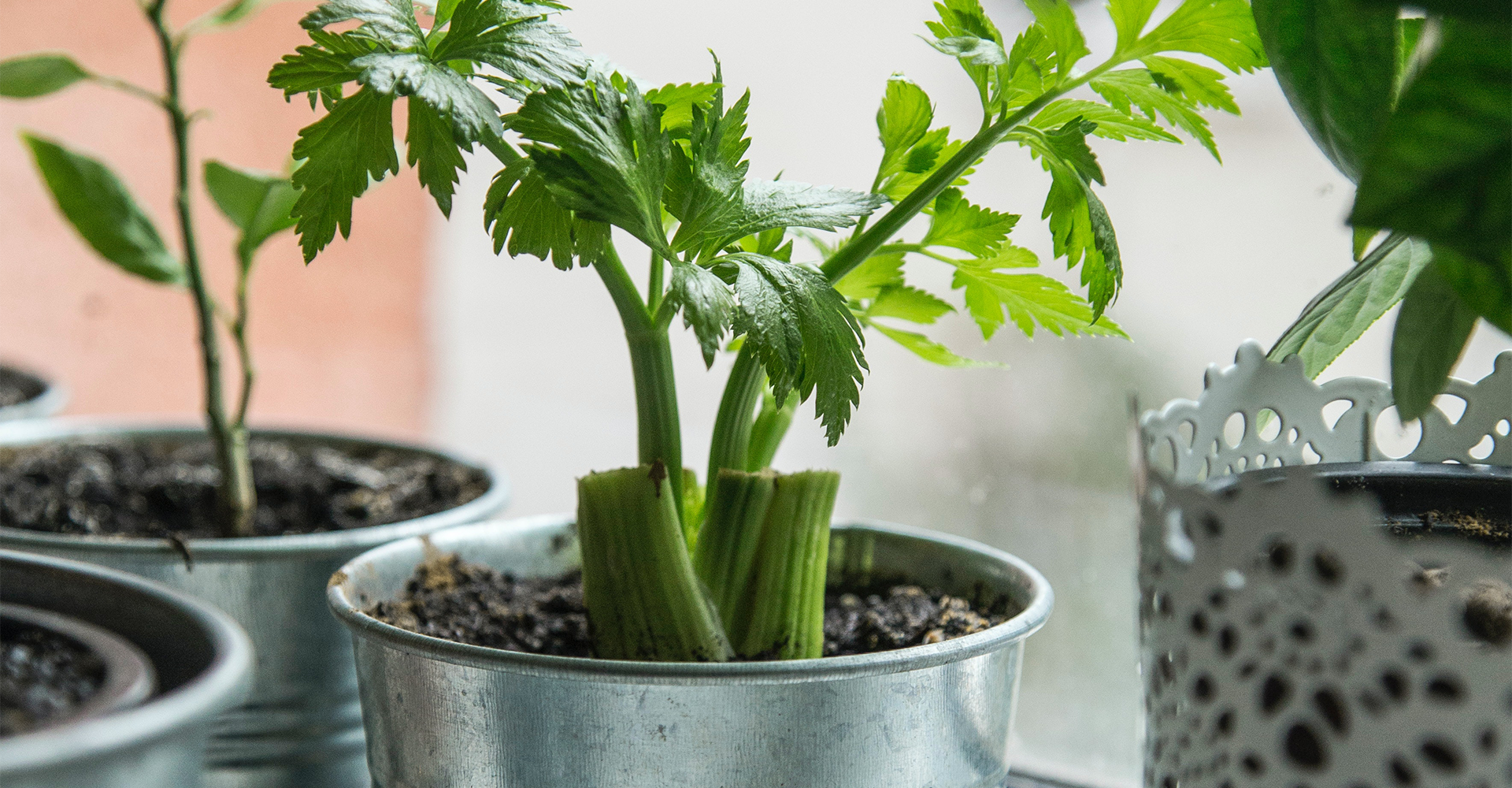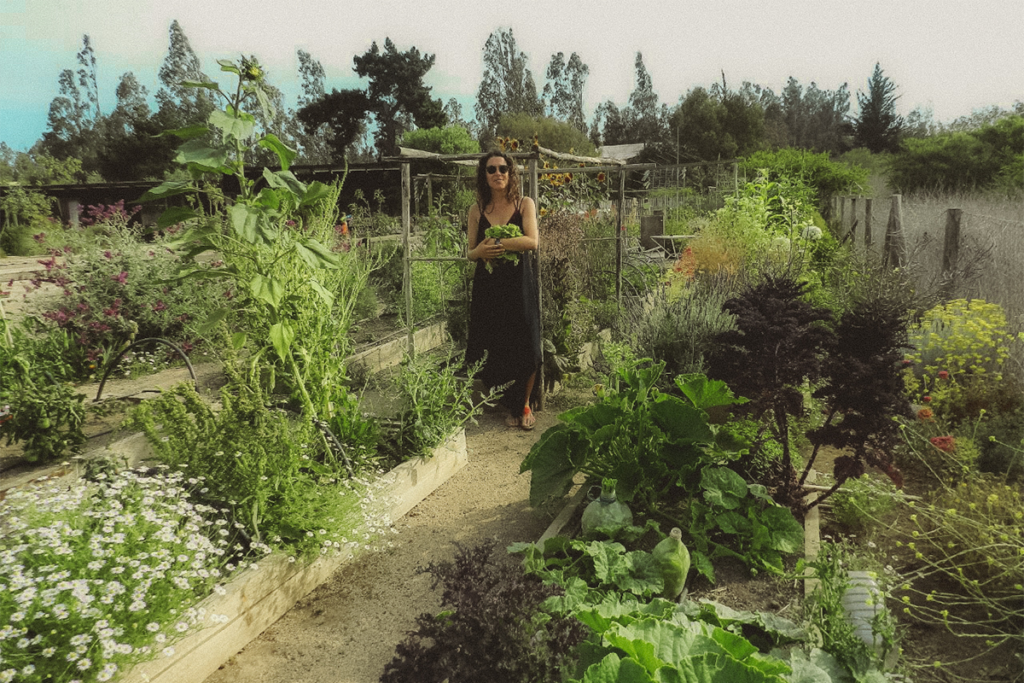Making your own home allotment


Josefa Fernández is a 37-year-old artist who, along with her husband and children, left her apartment in Santiago behind six years ago for the village of Catapilco, intending to get her children away from the smog of the capital and to seek a slower pace of life.
As soon as they had settled in, Josefa set about planting her own vegetable garden, taking courses to gain more knowledge, and quickly realizing that everything in life is trial and error. “Today, I have twenty grow beds and six years of experience. I love everything about gardens and agronomy,” she confesses.
Josefa has been offering her gardening services for two years. “I help people start gardens from scratch. I can advise them, that is to say, I tell them what they need to do and let them get on with it, or we can do it together,” she adds.
Here she offers some fundamental tips for anyone wanting to make a garden at home. But first, she warns: “The most important thing in an allotment is always to keep trying… try, try and try again”.
Here are her tips for starting a successful garden at home:
“The first thing required for a garden are the three fundamental things a plant needs to grow: sunlight, soil, and water. Plants must have at least five hours of sunlight to give their fruits strength to grow. If they only have shade, they will be very small.”
“The soil must be rich in micronutrients too, so that the plants can feed, grow healthy, with fewer pests and without stress. Certain vegetables need good soil, while others, like lettuce, do not. Finally, always have water nearby, hopefully by drip irrigation, given the global water shortage. It’s difficult to say how much to water. That depends on multiple factors. You always have to look or touch the ground with your hands to ensure it’s neither too wet nor too dry.”
“The next thing is space. If you don’t have much, it’s best to plant leaves or whatever you eat most at home. If you have a balcony, you can use plant pots for lettuce-type leaves; in another, you can plant herbs such as chives, parsley, oregano, and rosemary for cooking; and in a 60 cm-diameter pot, you can also plant tomatoes.”
“But if you have more space, now that it’s summer, you can make beds or use containers at least 16 cm deep and plant more tomatoes, basil, onions, lettuce, and carrots, all in one space. A clever way to do this is using the square foot garden* method invented by Mel Bartholomew in the 1980s. It would be best if you had a minimum depth of 15 cm of good soil, that’s very important, and make 30 x 30 cm squares where you plant everything. For example, you can fit nine different vegetables in just one square meter. It’s a terrific way to have many plants in a reduced space.”

Artista Josefa Fernández and her home allotment.
“They’re easy to do, but if it’s your first time making a garden, I always recommend starting with small plants (seedlings, hopefully organic) bought in nurseries because it’s much easier. The plants will then begin to grow. You often get frustrated because you plant a seed or seedling and nothing happens, and here my recommendation is to keep trying repeatedly. Never give up.”
“There are specially prepared soils for seedlings, substrates, which are very light and retain moisture because when we plant a seed, it must always be moist to germinate and grow. If it dries out, it is highly likely to die, or if it fills with water, it will drown. The water has to be moderate, and the environment has to be lukewarm.”
“I make sure each allotment has an ecosystem. I add flowers to attract ladybugs and bees to help pollinate vegetables like Italian squash. If there are no bees, there’s no squash. I also try to ensure there is always more than one crop in a bed. If you have tomatoes, they should be next to onions or basil because those strong aromas prevent flies from attacking the tomato and thus prevent infections. Putting garlic in the beds disorientates bugs, so they don’t reach the plant they want to eat, for example.”
“I recommend acting as soon as you spot a bug to prevent everything from becoming infected. Nettle slurry helps because it also fertilizes the soil. Several preparations can be made at home organically and very cheaply that are a major help in the garden. But if you have an ecosystem, you can avoid serious plagues.”
“Don’t forget to water the garden or install scheduled irrigation if you don’t want to be too on top of it. Also, check you’re watering the right amount by putting your hand in the soil and seeing that it’s not too wet or too dry.” Watch for bugs on the front and back of the leaves, and clean weeds all the time. If it is a longer crop like tomato, you can add humus or nettle slurry after a while to make it more resistant.”
“The harvest time differs from one fruit or vegetable to another and will always depend on factors such as climate or soil. You must keep an eye on your garden to know when things are ready. For carrots, onions, and anything with a root, it depends on the thickness that one wants to eat them, and you can see that by digging a little and looking at the diameter. The fruits should be picked just at the ripening point, little by little, so they continue to yield. Lettuce is removed by leaf, not as a whole bunch, so it lasts longer.”
There are few things better than a freshly harvested vegetable salad or being able to grow your own pumpkin to prepare soups. But what we look forward to the most, since we only eat it in summer, fresh and in season, is the tomato, in salads and for tomato sauces that can be stored and frozen. We love spaghetti with tomato sauce from the garden, especially when paired with a glass of Gran Reserva Concha y Toro Carmenère, or if we make it with pesto, a Gran Reserva Concha y Toro Sauvignon Blanc.
To request her gardening consulting services, contact Josefa Fernández via her Instagram.
We comply with the highest standards of verified social and environmental performance, transparency, and legal responsibility to balance benefit and purpose.
We adopt an Impact Business Model, creating beneficial links between business, community, and environment.
The Gran Reserva vineyards are an important part of the project to conserve native forest areas and protect local biodiversity. Our native forests have the ability to retain rainwater and control the kind of climate change that results from water shortages.
We take care of 1,432 hectares of protected forests and, on average per vineyard, a total of 105 species of fauna and 48 species of registered flora.
Our effort to preserve nature begins with responsible water consumption. 99% of the water we use comes from surface and subterranean sources.
Our vineyards are drip irrigated, which translates to a 90% efficiency on water consumption, and over the past 3 years, we’ve reduced our water footprint by 10%.
All of our winemaking processes require the use of energy. Our choice to invest in clean, renewable energy reflects our desire to co-create a sustainable planet for the future.
100% of the electricity used to make the wines in the Gran Reserva collection come from renewable sources, including solar energy.
Concha y Toro has been certified under the Wines of Chile Sustainability Code since 2012, which means that our vineyards are officially recognized as sustainable vineyards.
The wines in our Gran Reserva collection are crafted entirely from estate-owned grapes in sustainably managed vineyards.